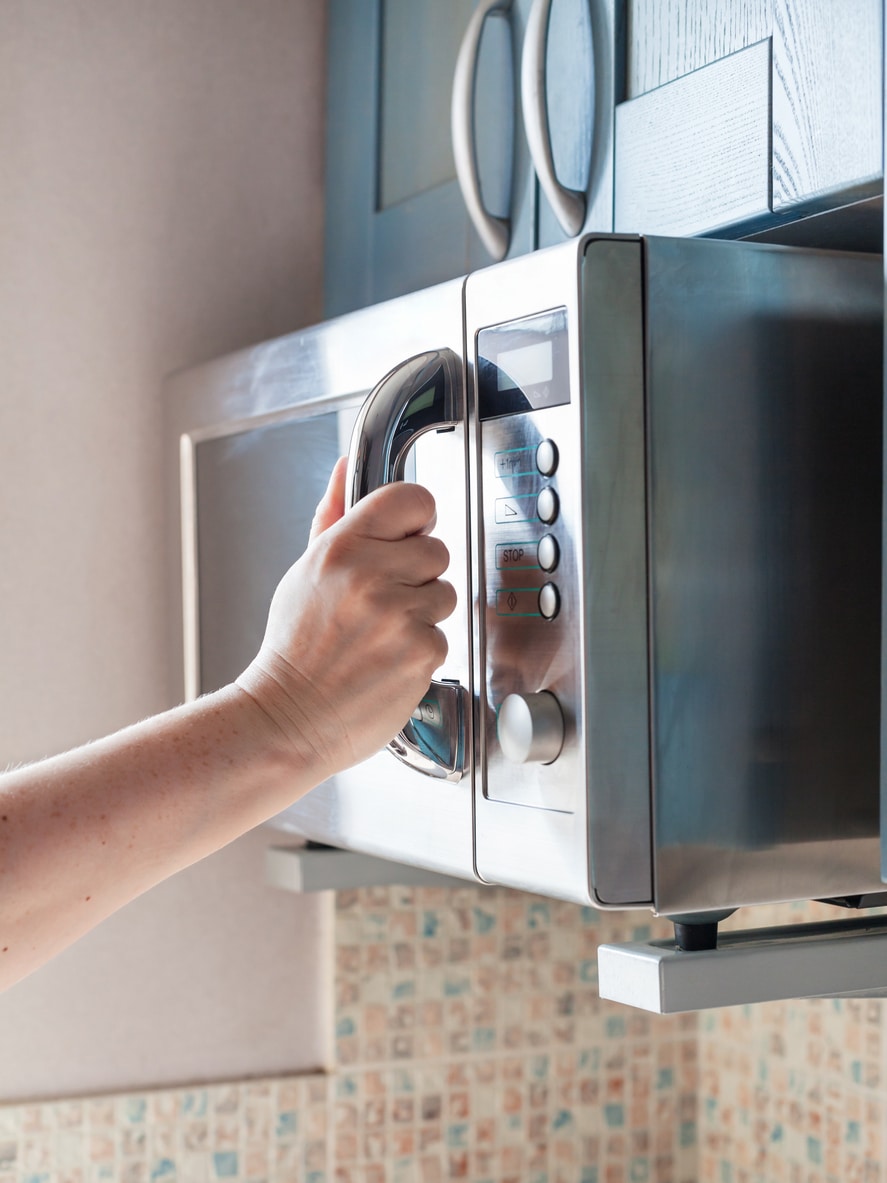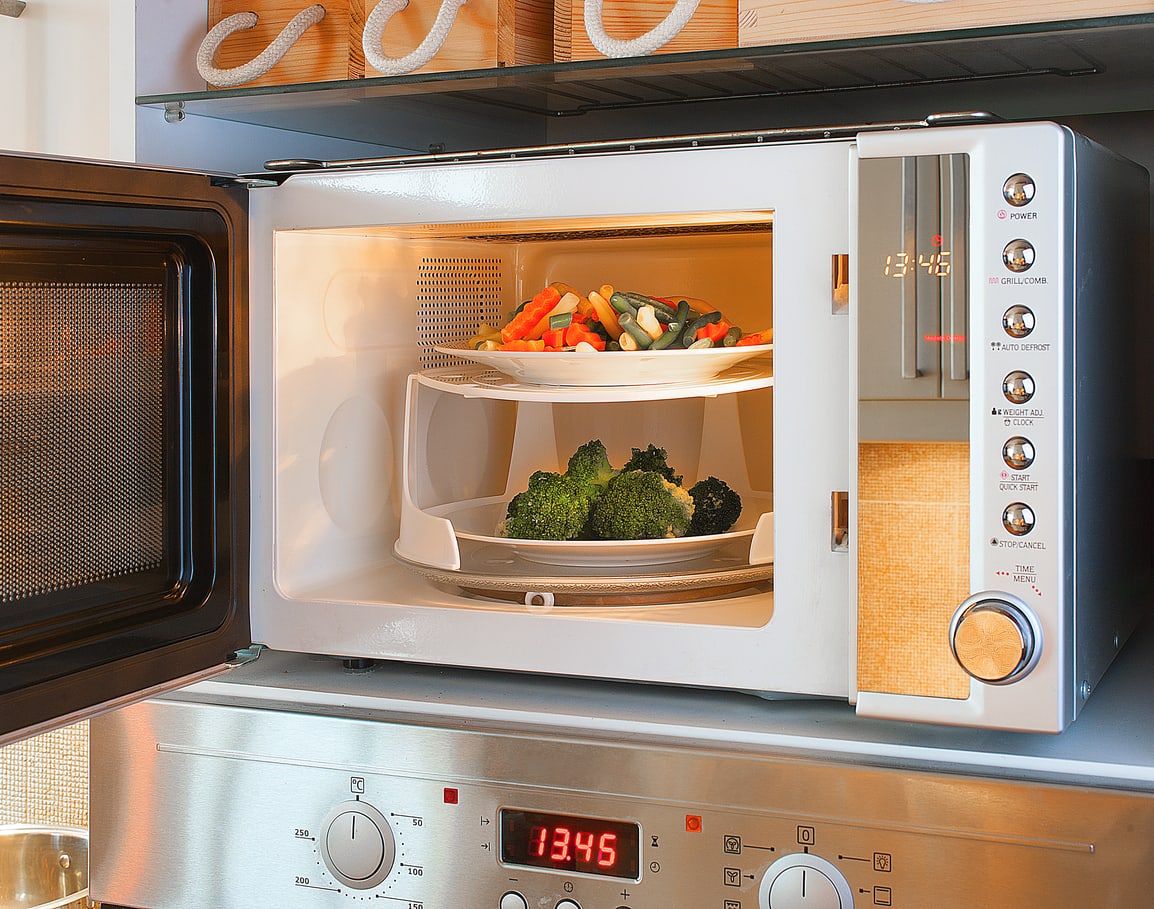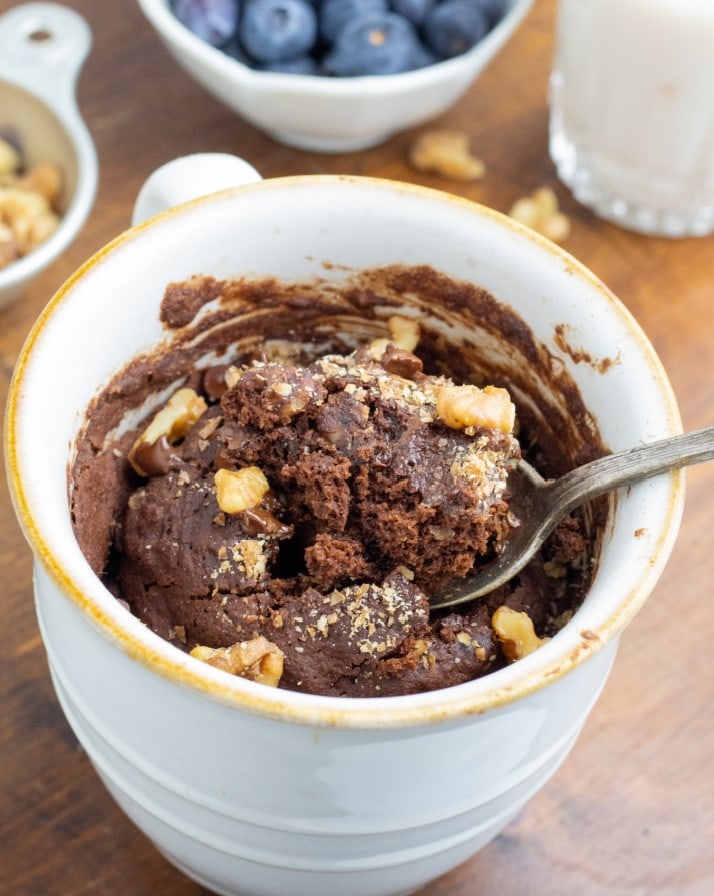Are Microwaves Safe for Cooking?
Cooking with a microwave is very convenient and fast. Research shows that they are safe and may even preserve nutrients and antioxidant levels in food better compared to broiling, boiling, frying, steaming, and pressure cooking.

Are microwaves dangerous?
Some people believe that microwaves produce harmful radiation and that they lower the nutrient content of food, but let’s look at the science and what it says about the safety of microwave ovens.
How microwaves cook food
Microwave ovens utilize microwaves to target water molecules in food, inducing movement and generating heat through the friction caused by this movement. As these waves pass through the food, no ions or subatomic particles enter, ensuring that the meal does not become radioactive.
Some sources discussing microwave safety may caution against the dangers of molecular “excitability” or protein breakdown. However, it’s important to note that molecular movement increases with higher temperatures, and proteins undergo alterations in all cooking methods.
Is microwaving food bad for you?
While it is true that microwave ovens produce electromagnetic radiation, it is not the dangerous radiation associated with nuclear disasters. Instead, it is a non-ionizing radiation which is like the radiation from your laptop and cell phone. As long as your microwave is in good condition, there shouldn’t be any risk of harm.
The most common dangers of microwaves
According to the American Journal of Emergency Medicine, the most common microwave-related injuries are not from electromagnetic radiation. Instead, the mechanism of injury comes from scalding oneself on hot liquids as well as the following.
Microwave-related injuries:
- Spills
- Splash/explosion
- Contact with a hot item
- Fall onto microwave oven (say what?)
- Dropped microwave oven
- Lifted microwave oven
With traditional cooking, the outside of food gets hotter than the inside but with microwaving, the inside of food can get burning hot while the inside remains relatively cool. That is where many of the injuries come from. Even so, burns from cooking on a stove are much more common and severe than reported microwave burns.
Fear of microwaves is not science-based. We are surrounded by devices that emit minute quantities of electromagnetic radiation. A microwave may be about as dangerous as a laptop. Maybe less, as we don’t hold it in our lap while it operates.

Antioxidant levels in microwaved vegetables
Research studies compared the antioxidant levels in vegetables following different cooking methods and found that microwave-cooked vegetables exhibited significantly higher antioxidant retention compared to those that were boiled or fried. Surprisingly, the microwave method preserved the healthful properties of vegetables even more effectively than steaming or pressure cooking.

Plastics in microwaves
According to Dr. Michael Greger, MD, with NutritionFacts.org, heating food in plastic containers has been demonstrated to result in the absorption of hormone-disrupting compounds like Bisphenol A (BPA).
The absorption tends to be higher when plastic is in contact with fats, oils, or during prolonged cooking. Opting for glassware when microwaving food helps to steer clear of these estrogen-mimicking compounds.
Microwave safety myths BUSTED
- Myth: Microwaves destroy nutrients in food– BUSTED: Research studies analyzed the antioxidant levels in vegetables after employing various cooking techniques, revealing that vegetables cooked in a microwave retained antioxidants to a significantly greater extent than those subjected to boiling or frying. Unexpectedly, the microwave approach proved more adept at preserving the beneficial properties of vegetables compared to both steaming and pressure cooking.
- Myth: Microwaved water kills plants– BUSTED: Microwaving water merely elevates its temperature without affecting its structure or energy. This article from Snoops should help dispel any myths, Microwaved Water: See What it Does to Plants.
- Myth: Microwaves are banned in Germany – BUSTED: Microwaves are not banned in Germany. 74% of households there own them. Germany has some of the highest safety standards in the world and most of the homes have them.
The Bottom Line
Microwaves are a safe, efficient, and incredibly convenient cooking method. Research does not show that they are harmful and in fact, some evidence suggests that they outperform other cooking methods in preserving nutrients in foods.
The biggest dangers of microwaves appear to come from burns, splashes, and dropping them. It is also a good idea to cook in glassware rather than plastics.
Research on microwave safety
Below are several articles from reliable sources such as Harvard Health and the World Health Organization (WHO) that confirm the safety of microwaves.
- Microwave Cooking and Nutrition / Harvard Health
- Radiation: Microwave Ovens / WHO World Health Organization
- Microwave Ovens & Their Hazards / CCOHS
- Is Microwaved Food Safe? / ABC Health & Wellbeing
- Does Microwaving Food Remove its Nutritional Value? / CNN
- How Safe is Your Microwave? / Washington Post
- 11 Surprising Facts and Myths About Microwave Ovens / Good Housekeeping
- Best Cooking Method / NutritionFacts.org
About Terri Edwards
Hi guys! I am the content creator behind EatPlant-Based and a licensed Food for Life instructor with the Physicians Committee for Responsible Medicine. I am passionate about sharing healthy recipes and tips to empower others to get healthy. I’m so glad you’re here! Read More…





